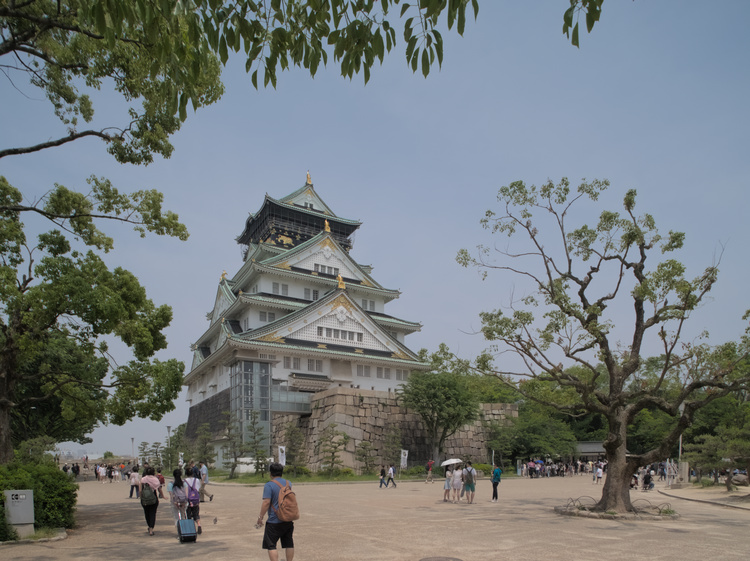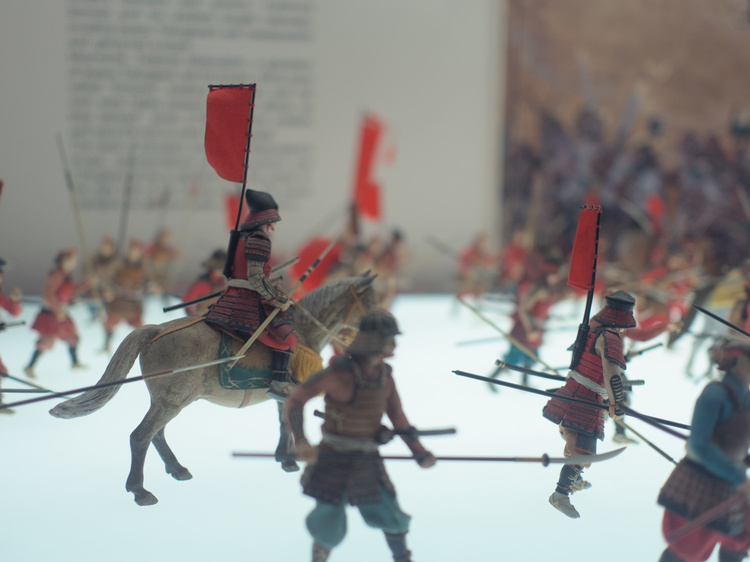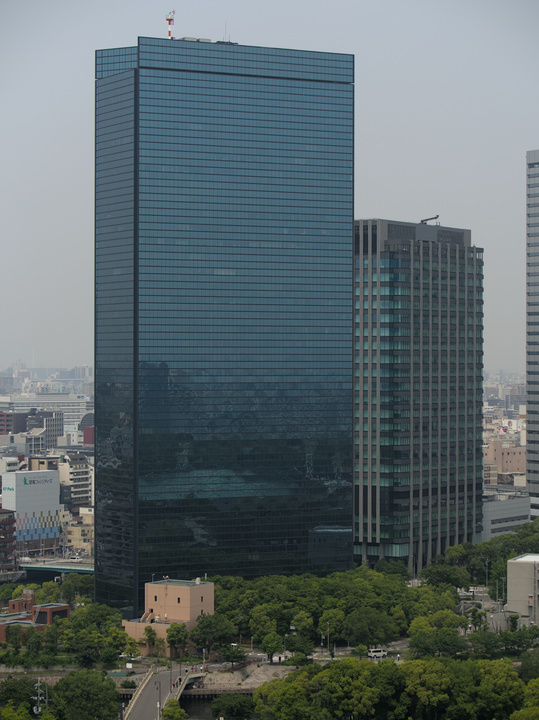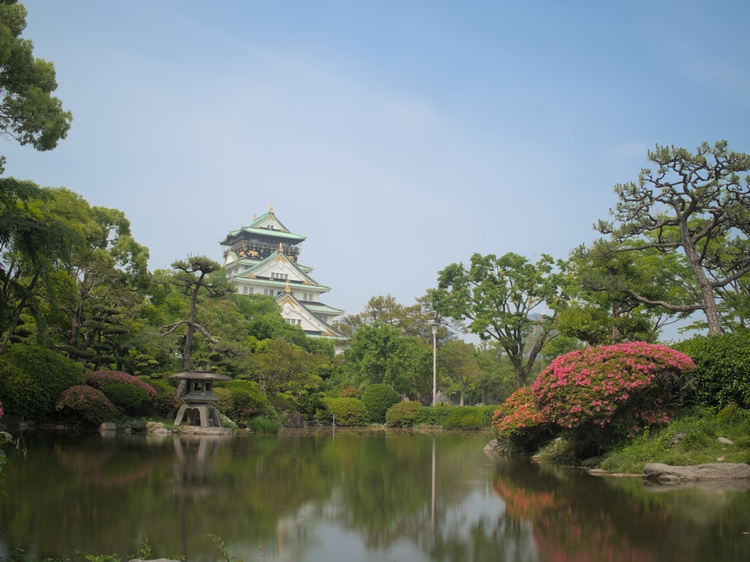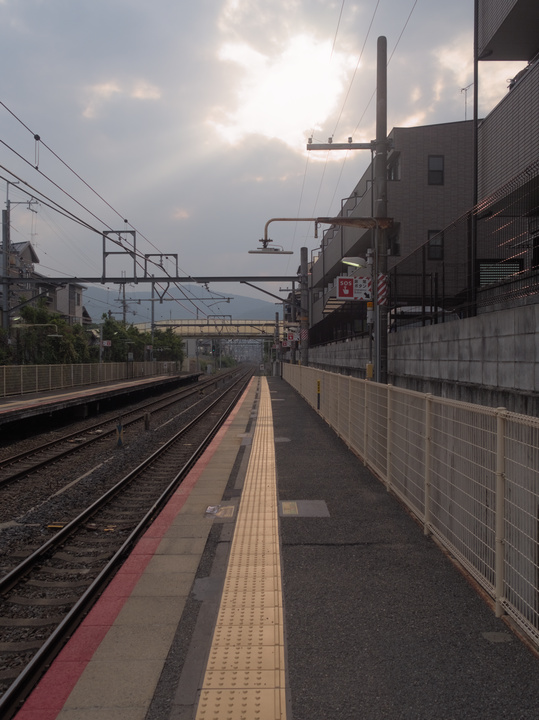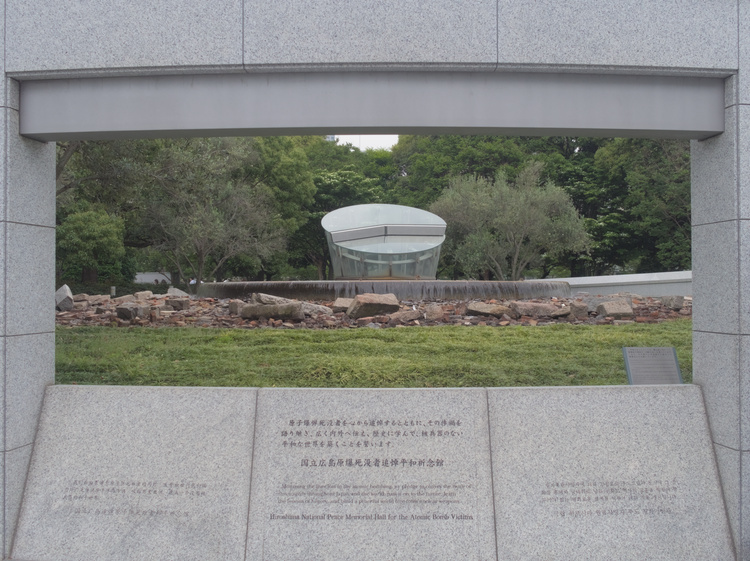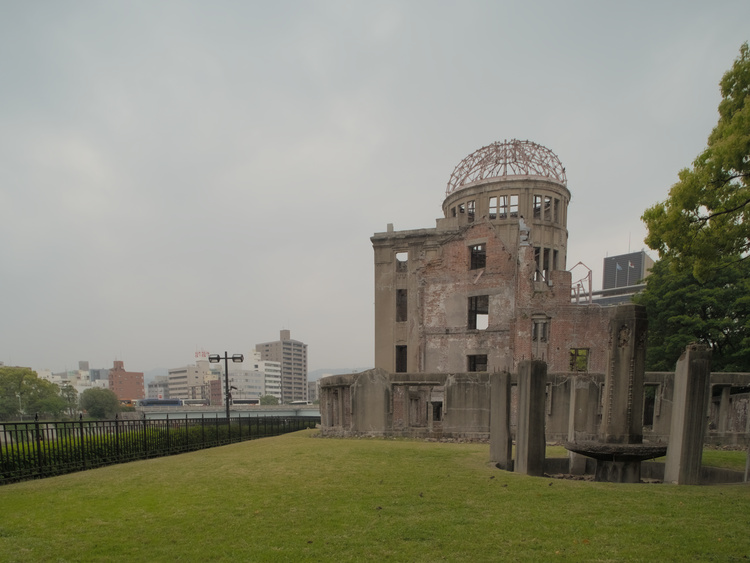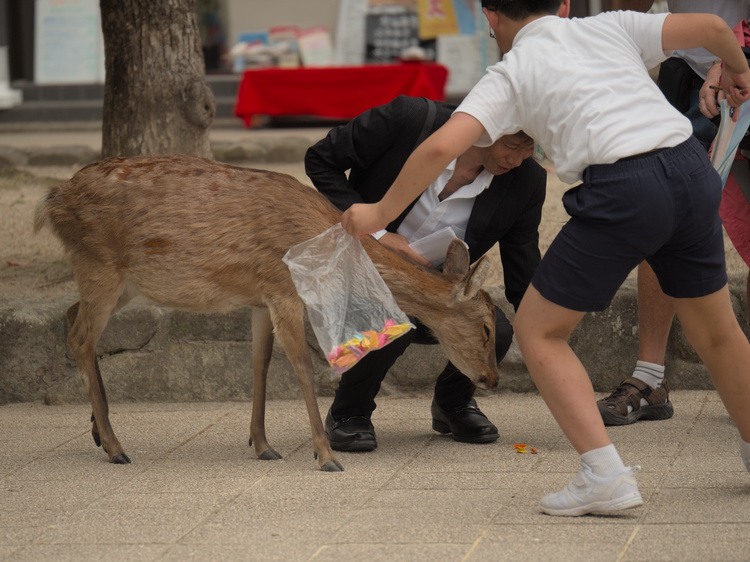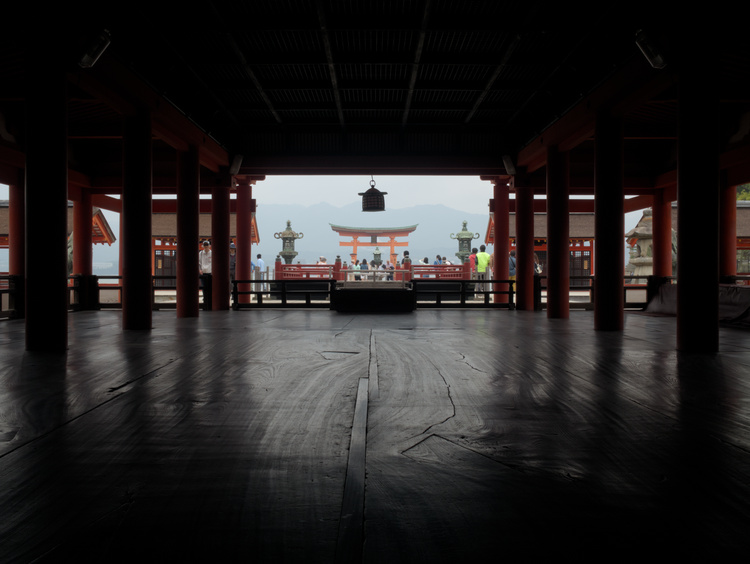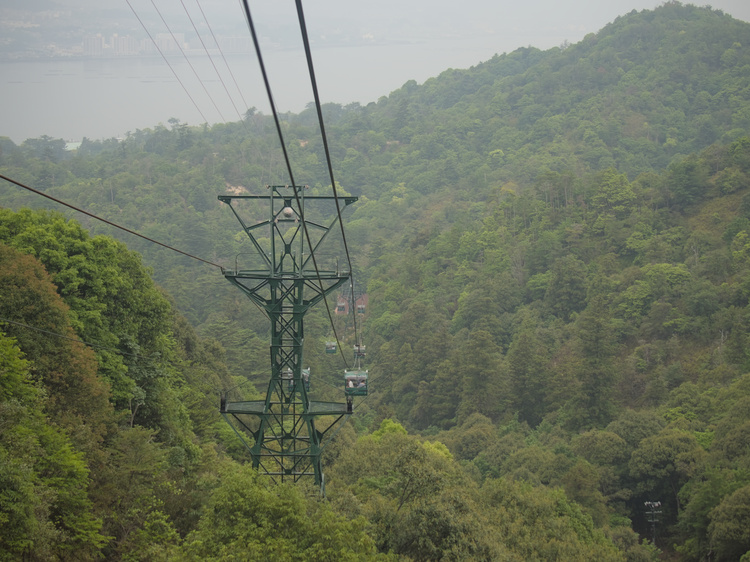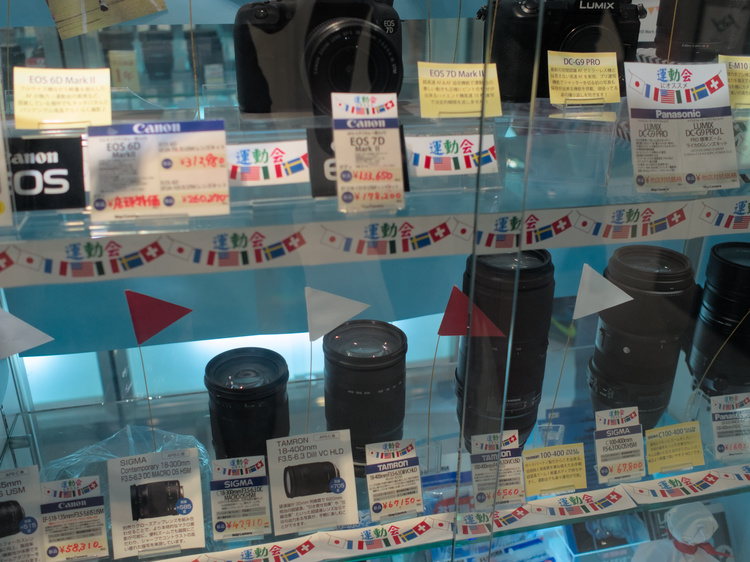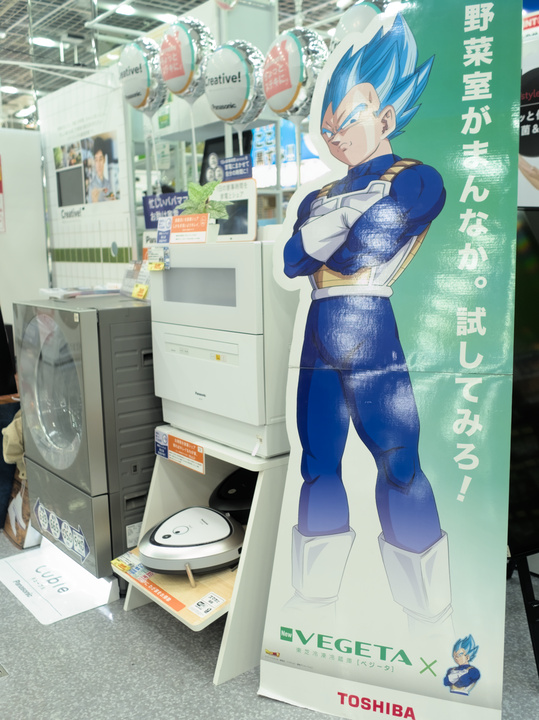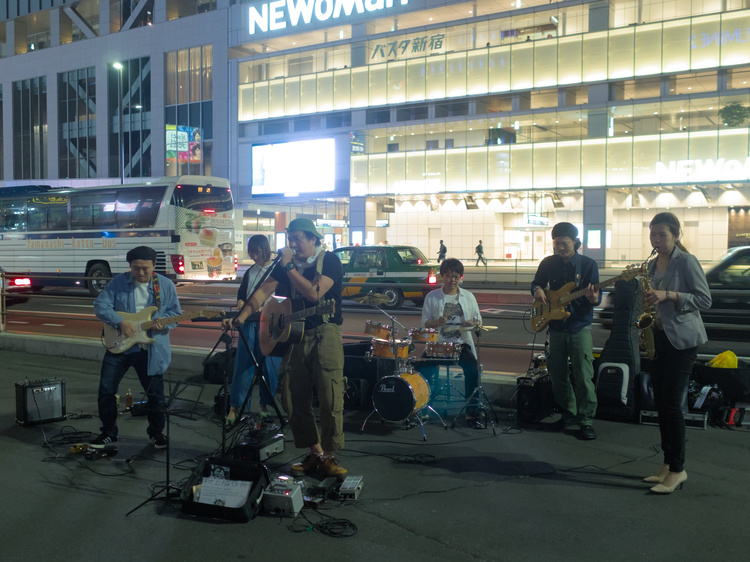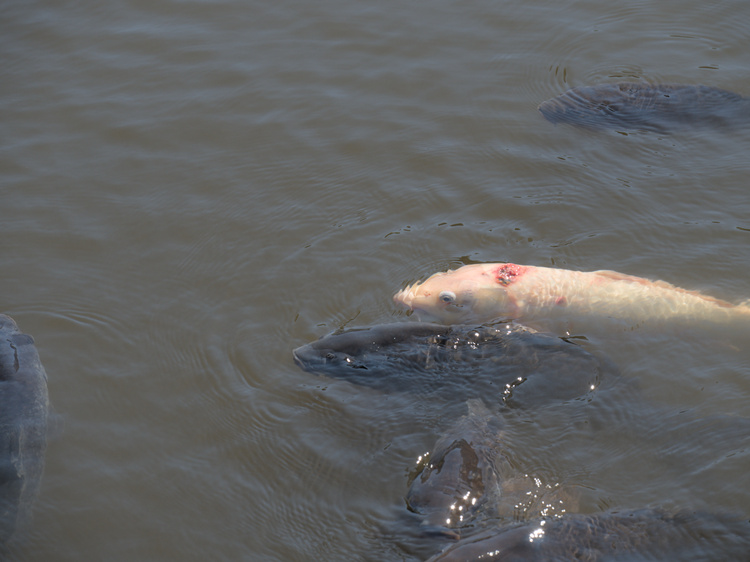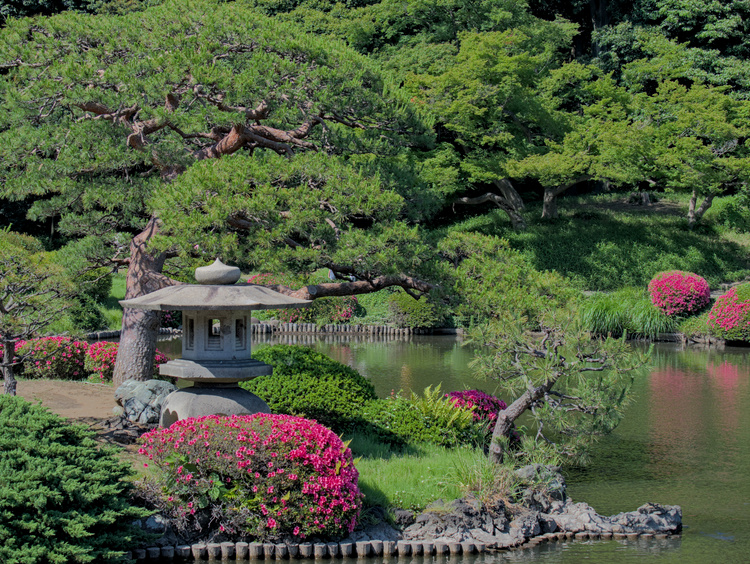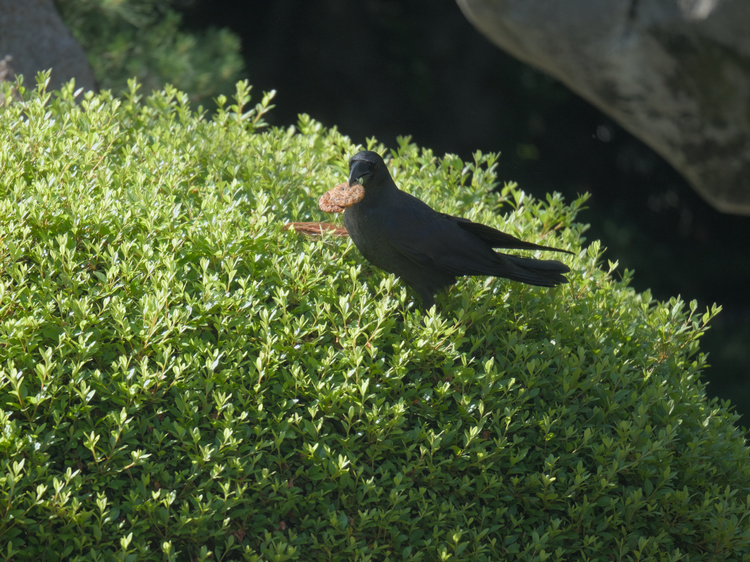Welcome to the second part of Karen’s and my trip to Japan. Without further ado, let’s go.
Ōsaka
Although our only reference was the third Detective Conan movie, our next destination was Ōsaka Castle 🏯1. The museum is in the middle of a large park and now houses a museum with a panoramic view of the city at its top. One of the main exhibitions is dedicated to Toyotomi Hideyoshi2, who played a big role in Japan’s history. I also liked the detail put in the diorama of the Siege of Ōsaka3. On the top of the Castle there is a lookout area, with infographics marking the important buildings.
After visiting the Castle, we walked around for a bit, until we found a garden with a beautiful view, but we had to wait for the tourists taking selfies to leave to take a good photo.
After our visit to Ōsaka, we tried to visit some attractions on our way back to Kyōto. Thus, we decided to go to Uzumasa Station to visit Toei Studio Kyoto Park, but we miscalculated and got there when they were closing. On the way back to the station, we ate dango 🍡, a traditional Japanese sweet made from rice flour.
Once we were back in Kyōto, we reserved the latest train tickets to Hiroshima and we went to eat something near the station. Following a suggestion that I received before travelling, we went to Donguri Kyōto Station. We were seated at a private table, were you make your order in a tablet and in a few minutes the waiter brings it.
Since we still had time left, we walked around the station and took some photos of the Higashihonganji Buddhist temple.
Hiroshima
When we arrived to Hiroshima, the subway was not running and we didn’t want to take a bus, so we walked to our accommodation. It was a very minimalist apartment, but it was comfy enough for our stay.
Next morning, we went to the Peace Memorial Museum. On the way there, we found a lot of commemorative plaques, that told the past of the city before the Atomic Bomb. Next to the Memorial, there are The Gates of Peace4. They have a very clear message, Peace, written in 49 languages.
The Museum has a variety of exhibitions that show the cruelty of wars and the inhumanity that nuclear weapons represent, particularly the bombs dropped over Hiroshima and Nagasaki. I hadn’t been in a memorial museum before, and the experience was overwhelming.
After the Museum, we paid a visit to the Atomic Bomb Dome5. The Dome was an business building that was located near the explosion hypocenter and serves as a reminder of the destructive power of nuclear weapons and of the human species.
Since now we had option for public transportation, we took oneof the main modes of transport in Hiroshima, the tram. So, we went to a must see near Hiroshima: Miyajima island.
Miyajima
Miyajima 6 is famous both for its temples and its wildlife. Deer and monkeys roam free on the island, but we didn’t get to see monkeys. To get to the island, we took the JR West operated ferry, that is also included in the Rail Pass.
One of the first sight of the island, while getting by ferry is the Itsukushima Temple and its floating torii ⛩️. Once we arrived to the island, we met deers almost immediately. Even though they are protected, which means that people should not feed them and should respect their space, some of them actively search contact with people, acting like a friendly stray dog.
Our first destination on the island was the Itsukushima shinto shrine. The temple is famous thanks to its floating toori gate, but the rest of the temple is equally good. In this temple we noticed that temples usually have two guarding statues: the right one has its mouth open and the left one closed. After the trip I did my research, and I learned that they represent the first (a) and last (um) letters of the Sanskrit alphabet7, making the aum sound, which is used in a lot of mantras in Eastern religions, like Buddhism and Hinduism.
After the temple, we walked to the cable car station at the base of Mt. Misen8. On our way there we saw Rickshaw services for tourists, but I don’t understand the people that hire them.
When we arrived at the last cable car station, we couldn’t start our hike right away because of the rain. There is approximately 1Km from the station to the top of Mt. Misen. We didn’t get to the top, but we walked up top Reikado Hall9, which guards the flame that Kōbō Daishi10 supposedly started 1200 years ago. The same flame was used to light the Flame of Peace in Hiroshima.
On our way back, it started to rain heavily. As we didn’t bring an umbrella, we had to buy one very not cheap in a souvenir shop. The rain lasted until we arrived to the train station.
Shinjuku
Once back in Tōkyō, we went to Shinjuku11 for some shopping time. We first visited Map Camera, which has a large variety of cameras and lenses, specially in their second hand department. Their showcase was pretty organized, but we didn’t end up buying anything.
On the second store we visited, we spent a lot of time wondering if we could bring an electric WC lid back home, but we didn’t. We regret to this day.
Before doing our last consumerist stop, we saw an street band performing. We did our last purchases in a Don Quijote, were I finally bought the matcha12 KitKats that a colleague asked me for.
Shinjuku Gyoen
Our last adventure in Japan was our visit to the Shinjuku Gyoen National Garden13. Since we went on a weekend, there was a big line for buying tickets, but it went pretty smoothly. The gardens are pretty big and half a day is not enough to do a thorough visit, but you get a very good idea.
The park lagoons are inhabited by turtles and carps. In the shoreline of one of them, I saw a kid drawing the carps, but he stopped when he realized we were close.
One detail that caught my attention was that the shrubbery was covered in spider webs. There were also crows and the last I saw was stealing food from the visitors.
After our visit to the gardens, we said goodbye to Japan and started our time travel in our flight to Hawaiʻi: we departed on Sunday night and arrived on Sunday in the morning. But that trip is a story for another time.
